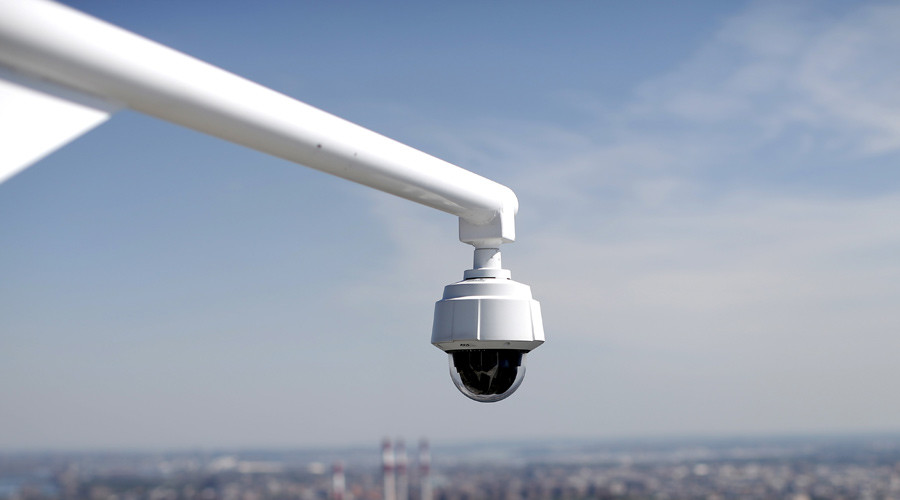Australia to allow Facebook photos to be used in national surveillance database — report

Photos from social media websites like Facebook could be used in an Australian counter-terrorism database. Critics are concerned about the system’s lack of “transparency,” but the new legislation can come into effect without being passed by parliament.
Senior officials from the attorney general’s office confirmed late on Tuesday that photos from social media could be used in the system, which is known as “the capability,” the Guardian reports.
The Australian Justice Minister, Michael Keenan, announced last month that the government would be spending US$13.3 million to develop a database (The National Facial Biometric Matching Capability), which would store still images that law enforcement officers could use to track terrorists.
It had been believed that the images would come from official documents such as drivers’ licenses, passport photographs or images taken from security cameras. The government claims that the technology is necessary as a human face is unique, just like a person’s fingerprints.
“It keeps Australians safe by protecting their identity and it allows our law enforcement authorities to accurately and efficiently identify someone who might take their interest,” Keenan said in September, as cited by ABC.
However, it is now apparent that the database will be able to lift photographs from social networks, such as Facebook and Instagram.
The Greens’ senator, Scott Ludlam, who is critical of the move, asked: “Is there any law that would prevent the system from ingesting [photographs] from publicly available sources like social media sites?”
the #capability is being rolled out with no input from the public — we might want to change that #estimates pic.twitter.com/ZzZIPi6e6R
— Scott Ludlam (@SenatorLudlam) October 21, 2015
Andrew Rice, assistant secretary of the attorney general’s office, replied: “It’s possible that still images out of these kinds of environments could be put into the system. That would be a choice for the users of the system,” the Guardian reported.
The legislation, which will not have to pass through parliament, is expected to come into force in 2016. Keenan says it looks to put a name to the faces of terror suspects, murders, and criminals who use multiple identities.
However, it is unclear for what crimes the database would be used. Privacy advocates say that people should at least be notified before their faces are scanned, which can take place from a distance without a person knowing.
“This is a whole other league of creepy, this is a whole other league of invasive, and the fact that there's been no discussion around this is really weird,” cyber security analyst Patrick Gray said, according to ABC.
The software works by finding a person’s unique facial characteristics, which is known as a face print. It will then record various attributes within the eyes and nose region and match it with photographs already in the database.
The database will contain around 100 million photos or around four photos for every Australian.
Политика конфиденциальности | Правила пользования сайтом








